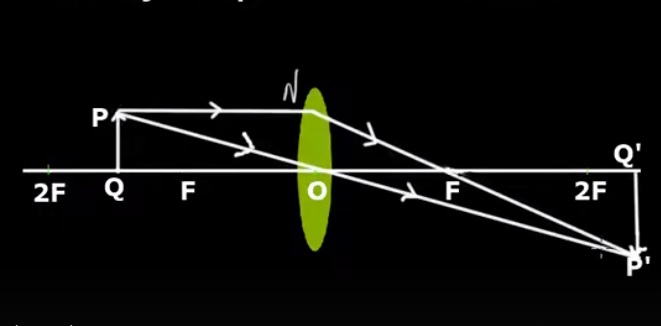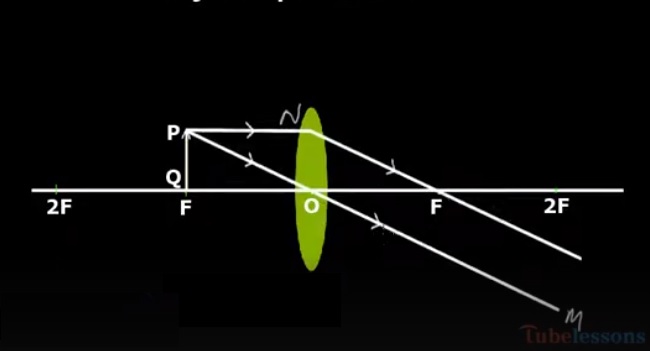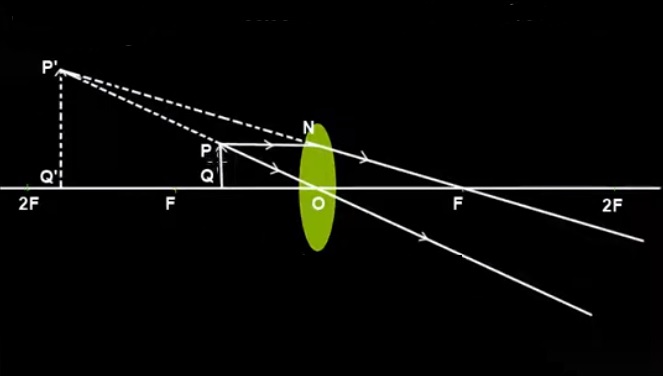

Convex lenses, also known as converging lenses, play a crucial role in optics and are widely used in various optical devices.
Understanding Convex Lenses:
Convex lenses are curved lenses that bulge outward, with a thicker middle and thinner edges. They have a positive focal length and are known for their ability to converge light. When light passes through a convex lens, it converges towards a focal point.
Refraction of Light:
Before delving into image formation, it's important to understand the process of light refraction. Refraction occurs when light passes from one medium to another and changes direction due to the variation in the speed of light. The bending of light is a result of the change in its velocity.
Principles of Image Formation:
When light rays pass through a convex lens, they refract in such a way that they converge to form an image. The characteristics of the image formed depend on the distance of the object from the lens, the distance of the image from the lens, and the focal length of the lens. There are three main scenarios to consider: when the object is placed beyond the focal point, at the focal point, or between the lens and the focal point.
Scenario 1: Object Beyond the Focal Point:

When the object is positioned beyond the focal point of a convex lens, an inverted real image is formed. The image is formed on the opposite side of the lens from the object. The size of the image depends on the distance of the object from the lens. As the object moves farther away, the image becomes smaller and closer to the focal point.
Scenario 2: Object at the Focal Point:

When the object is placed exactly at the focal point of a convex lens, the light rays become parallel after passing through the lens. As a result, no real image is formed. Instead, only a virtual image is perceived. This virtual image appears to be at an infinite distance from the lens and cannot be projected onto a screen.
Scenario 3: Object Between the Lens and the Focal Point:

When the object is positioned between the convex lens and its focal point, an upright and magnified virtual image is formed. The image is virtual, meaning it cannot be projected onto a screen. The resulting image is virtual in nature, indicating that it cannot be projected onto a screen. Furthermore, the size and position of the image are contingent upon the distance between the object and the lens. As the object moves closer to the lens, the image becomes larger and more distant from the lens.
Applications of Convex Lenses:
Convex lenses find widespread applications in various fields:
Vision Correction: Convex lenses are used in eyeglasses and contact lenses to correct farsightedness (hyperopia) and presbyopia by converging light to the appropriate focal point on the retina.
Magnifying Glasses: Convex lenses are used in magnifying glasses to enlarge the apparent size of objects by creating magnified virtual images.
Cameras and Projectors: Convex lenses are essential components in cameras, telescopes, and projectors, where they gather and focus light to create sharp and clear images.
In conclusion, the process of image formation by convex lenses is a captivating area of study in the field of optics. By comprehending the principles of light refraction and familiarizing ourselves with the distinct characteristics of convex lenses, we gain the ability to explore the intriguing scenarios that unfold when utilizing these lenses.
